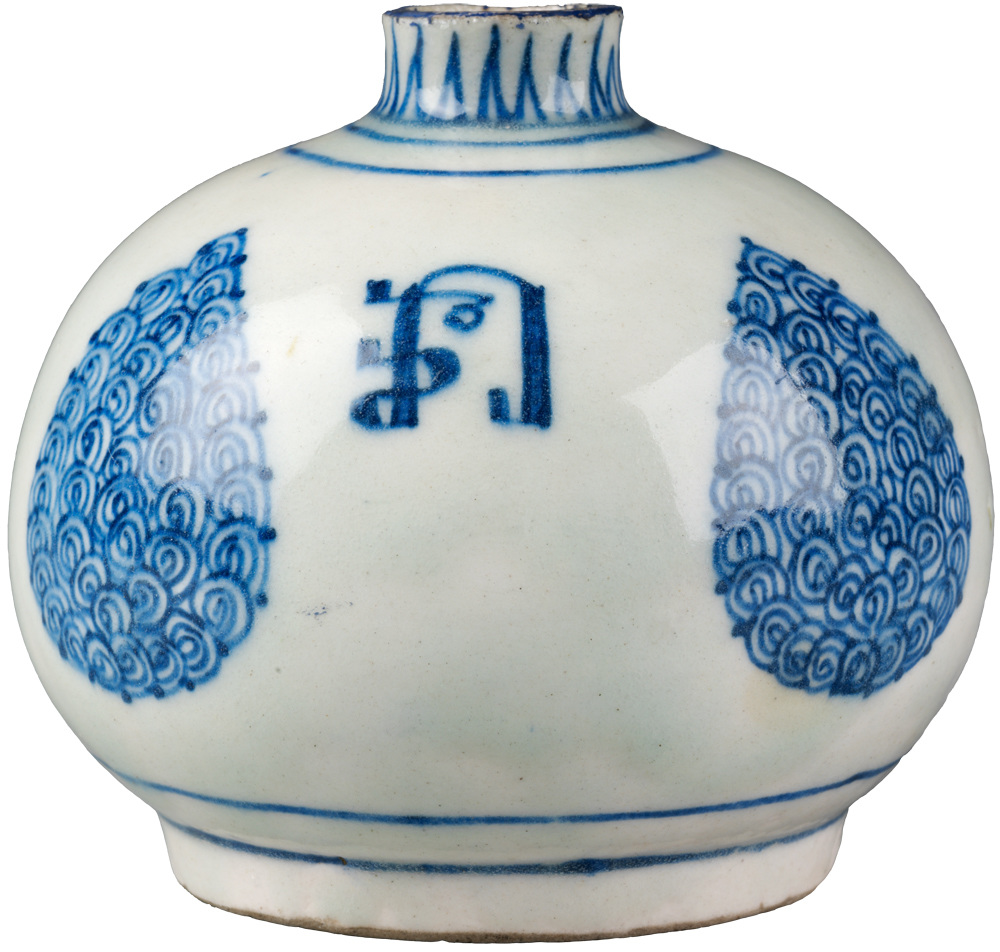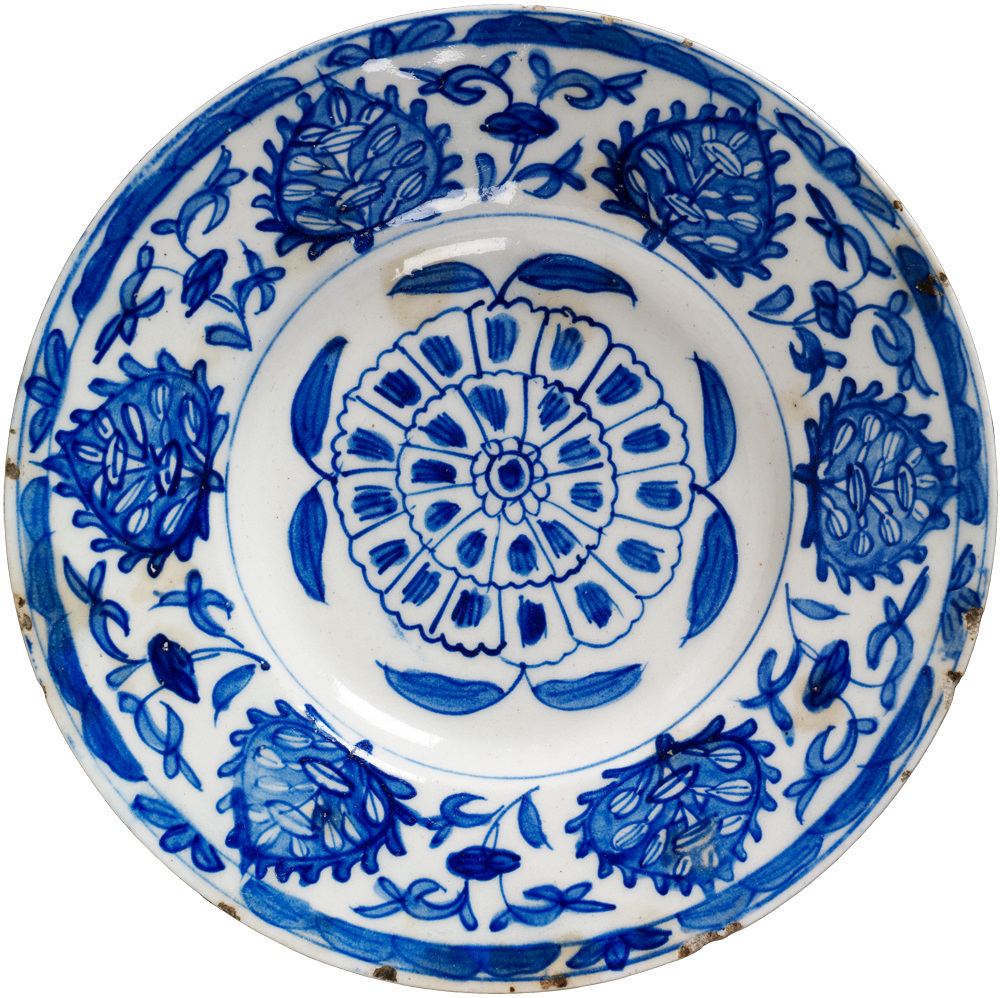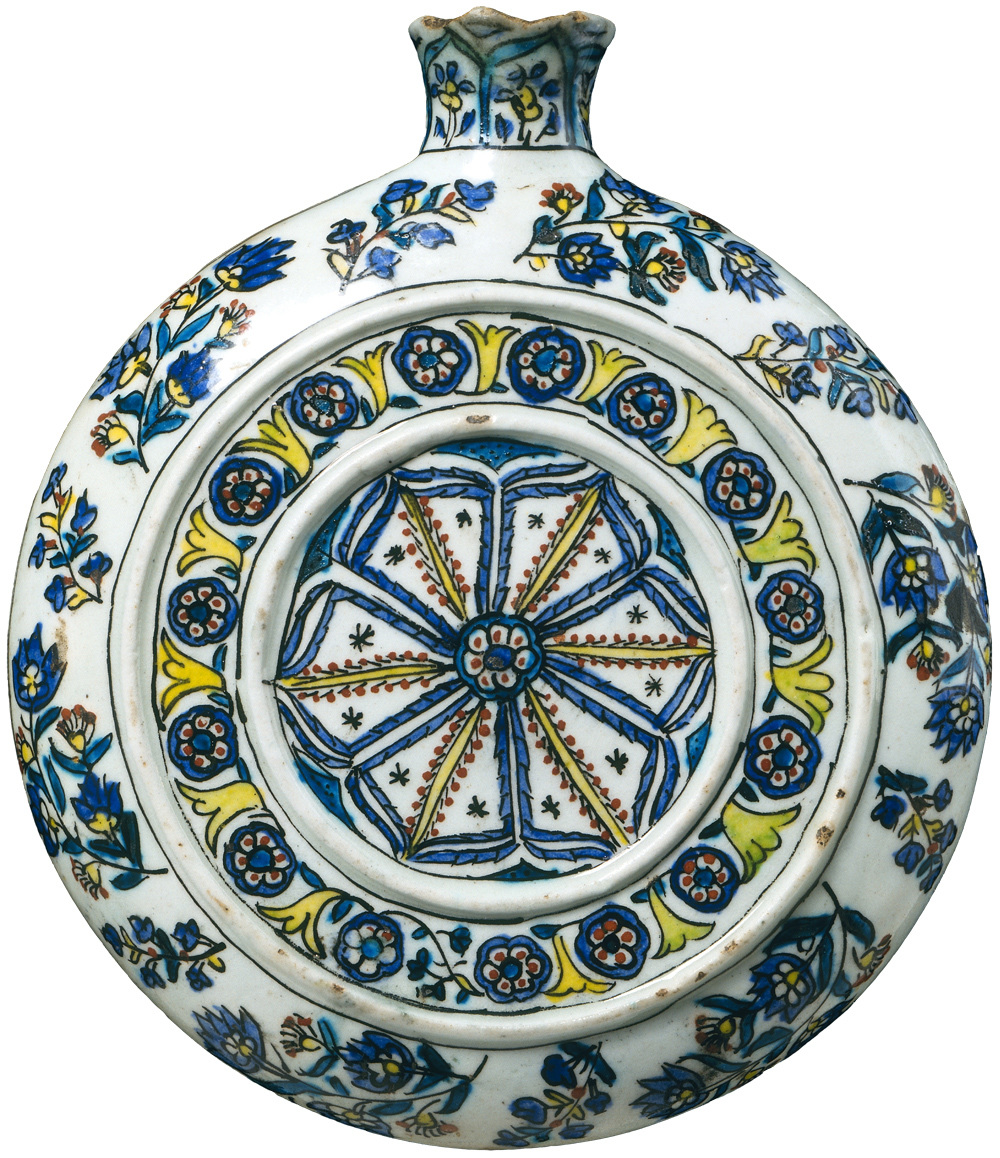#myclaydiaries - Kütahya Ceramics
Most of us, ceramics lovers, might have surely heard Iznik at least once. The main ceramics hub in Turkey. However, who knows about Kütahya?
Kütahya, a city in western Turkey with about 240,000 inhabitants today once was a thriving ceramics center mainly run by Armenians. During the XVI century, while ceramics from Iznik were considered Court Art and number one, Kütahya was thought to only produce popular middle class ware, mostly for the Armenians and Christian minorities.
However, after the golden age of Iznik ceramics in the XVI century, Kütahya became the dominant producer of the Ottoman Empire, both for household wares and architectural tiles.
During the XVIII century, it acquired fine quality and thousands of wall tiles were produced to decorated several important buildings both private and public, inside and outside the Ottoman Empire.
After such a flourishing century, Kütahya's production started to decline during the XIX century. During the Armenian Genocide in 1515, the Armenians from Kütahya were spared, but most of them left nevertheless and in 1922 the Kemalists drove out the ones who had stayed. This notwithstanding, by 1919, the Armenian Kütahya pottery industry had already stablished in Jerusalem.
If you are in London, go to the Victoria & Albert Museum where you will be able see about 80 pieces!




